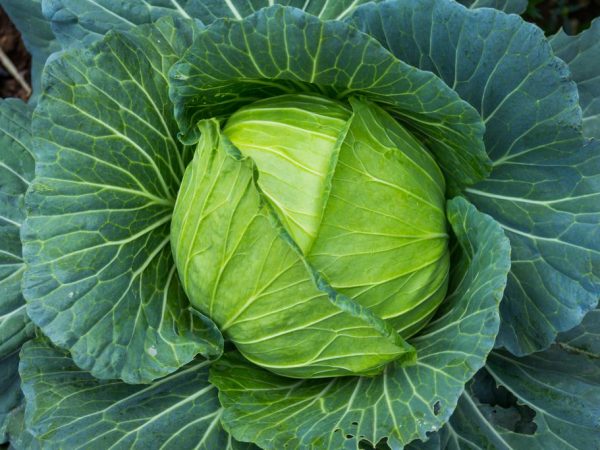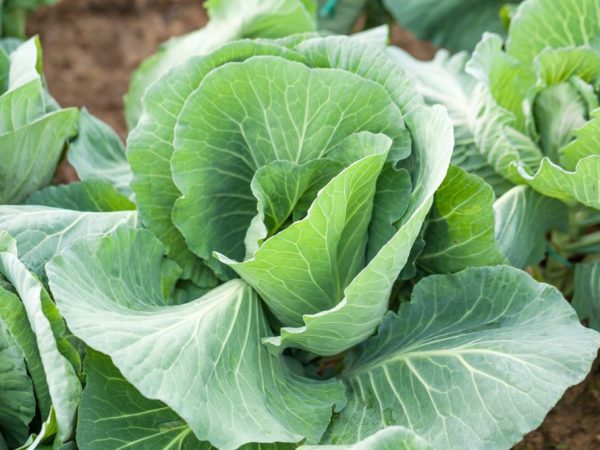Characteristics of cabbage variety Vestri F1
Westri cabbage is popular with gardeners. It is grown all over the world for its high yield, good taste and uniformity of the heads.

Characteristics of cabbage variety Vestri F1
Characteristics of the variety
The Vestry F1 white cabbage is a hybrid bred by Dutch breeders.
The variety is intended for cultivation in the Central, Volgo-Vyatka, Ural regions, in the Western and Eastern parts of Siberia. The variety is planted in open ground.
The variety is mid-season: 85-95 days pass from planting in open ground to the stage of technical ripeness.
According to the description, the variety has the following advantages:
- high yields: 550-740 centners per hectare, in the Smolensk region the maximum figures were recorded - 870 centners per hectare;
- marketable output - 95%;
- excellent preservation;
- possibility of transportation over long distances;
- immunity to fusarium wilt;
- resistance to cracking.
The recommended planting density is 30-35 thousand per 1 ha. Scheme - 60 * 60. For mid-season cabbage, choose dried peat soils or low areas with medium loamy soil.
Description of the head
The rosette of leaves is raised. The culture is powerful, vigorous. The leaves are medium to large. The color is green with a characteristic waxy coating. The edge is slightly wavy.
The inner stump is short, the outer one is of medium length. The head of cabbage is strongly leveled. The shape is round, flattened. Weight ranges from 4 to 8 kg. Cabbage is distinguished by thin leaves inside, which form a dense structure. The sizes of all vegetables are approximately the same. Low preservation: up to 4 months. The taste is good: the culture is juicy and sweet, contains a lot of dry substances and sugars.
Application of the vegetable
The Westri cabbage variety is versatile. It is consumed fresh and processed, and left for storage for the winter. Most often used for fermentation.
Care

Cabbage needs good care
To achieve a high yield, the crop is provided with optimal conditions.
Watering
Vestry cabbage is a moisture-loving plant, therefore, abundant watering is carried out during the growing season. They take warm water. It is better to water in the evening, then evaporation will be less. Leaves should not be allowed to wither. This leads to the death of the fibrous roots. Excess moisture threatens cabbage with root rot and the development of diseases. In rainy weather or heat, watering is adjusted. Watering is carried out every 2-3 days. A month before harvesting, it is reduced (every 7-10 days), and in 2-3 weeks it is completely stopped.
Especially the vegetable requires the introduction of water during the period of head formation. The more leaves are formed, the more the crop needs moisture. During this period, each plant requires about 10 liters of water every day.
Loosening
Each time after moistening, the soil is loosened to a depth of 5-8 cm. Light soil can be loosened finer, heavy soil deeper. For this purpose, a hoe is used. Loosening provides additional oxygen access to the root system, as a result of which it becomes stronger.
Weed removal, mulching and hilling
Weeds are removed regularly so that they do not overwhelm the plants and create a conducive environment for the development of diseases. Such a procedure as mulching with peat or humus can also stop their growth. Hilling is an effective agrotechnical process in cabbage growing. It is produced 20 days after planting. The stump of plants is short, it is enough to huddle once. Manipulation promotes the development of the adventitious roots. This allows you to increase the nutrition of the heads of cabbage.
Top dressing
To improve yields, they stimulate the growth and build-up of vegetative mass. Cabbage Westria F1 needs at least 2 dressings:
- The first time fertilizers are applied 2-3 weeks after planting the seedlings in a permanent place. For this purpose, use the infusion of mullein (proportion 1: 8) or bird droppings (proportion 1:12). The agent is poured under the root so that the liquid does not get on the leaves. Consumption - 0.5 l per plant.
- The next feeding is done 20 days after the first one. Use the same substances, but increase the dose to 1 liter per 1 head of cabbage.
You can do foliar feeding. To do this, prepare the following solution: add 1 g of ascorbic acid, 60 g of urea, 4 g of superphosphate to 10 liters of water. The leaves are sprayed with liquid. Fertilizer is applied several times per season (every 20 days), reducing the amount of urea.
Pests and diseases
In order not to lose the harvest, they monitor the health of the crop. The most common disease affecting white cabbage is keela. The fungus is fought by removing damaged leaves and adding lime to the soil. For the next 5 years, crucifers are not planted in this place.
Such pests can also affect cabbage:
- Aphid. An ash-and-soap solution or infusion of potato or tomato tops is used against it. They are used for spraying plants.
- Cruciferous flea. After planting the seedlings, they are pollinated with wood ash. Later, a tobacco-ash solution is used: 200 g of tobacco per 10 liters of ash water.
- Butterflies. The leaves are sprayed with the following remedy: 4 kg of infusion of potato tops and tomato stalks per 10 liters of water, 100 g of crushed laundry soap.
You can fight insect infestations with insecticides. The drugs are used according to the instructions.
Conclusion
Variety Westri F1, with quality care, will delight you with high yields and excellent taste characteristics. There is a possibility of selling the vegetable on the market. Cabbage is versatile in use.

